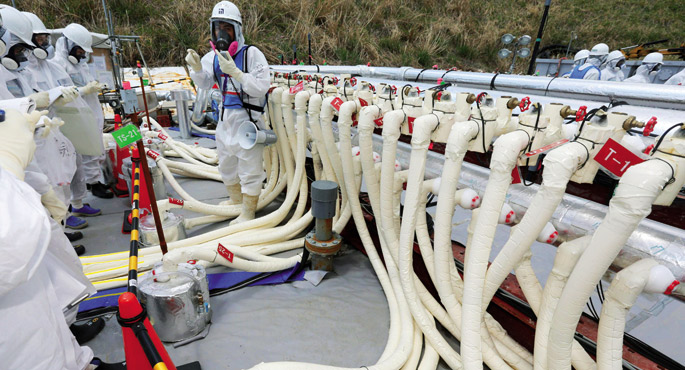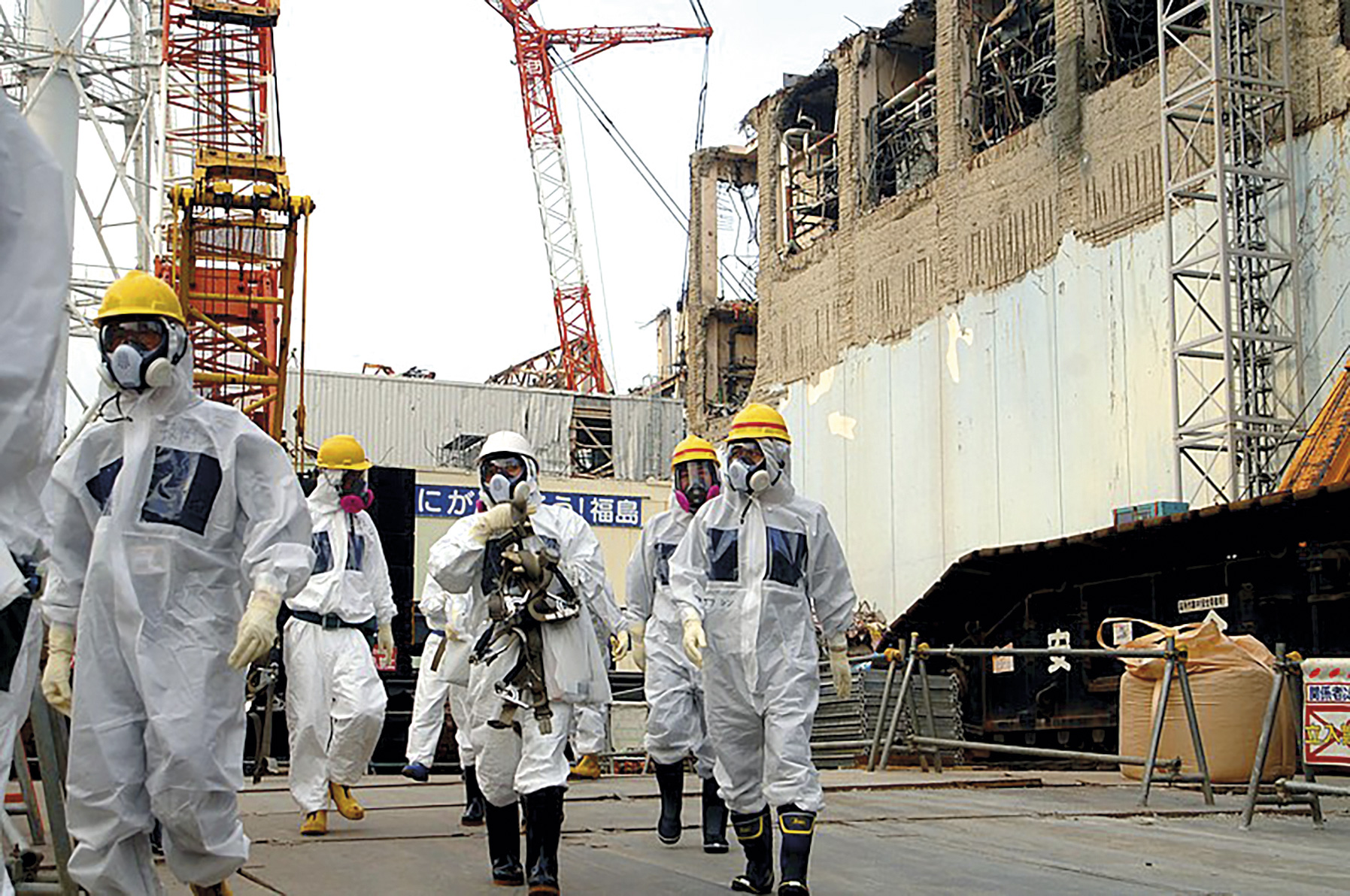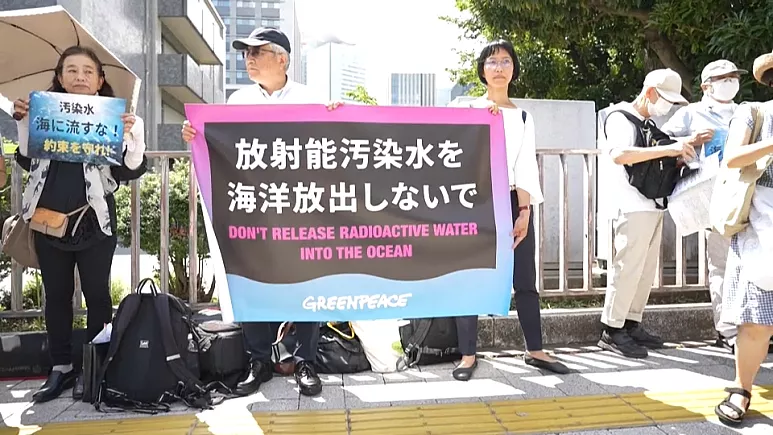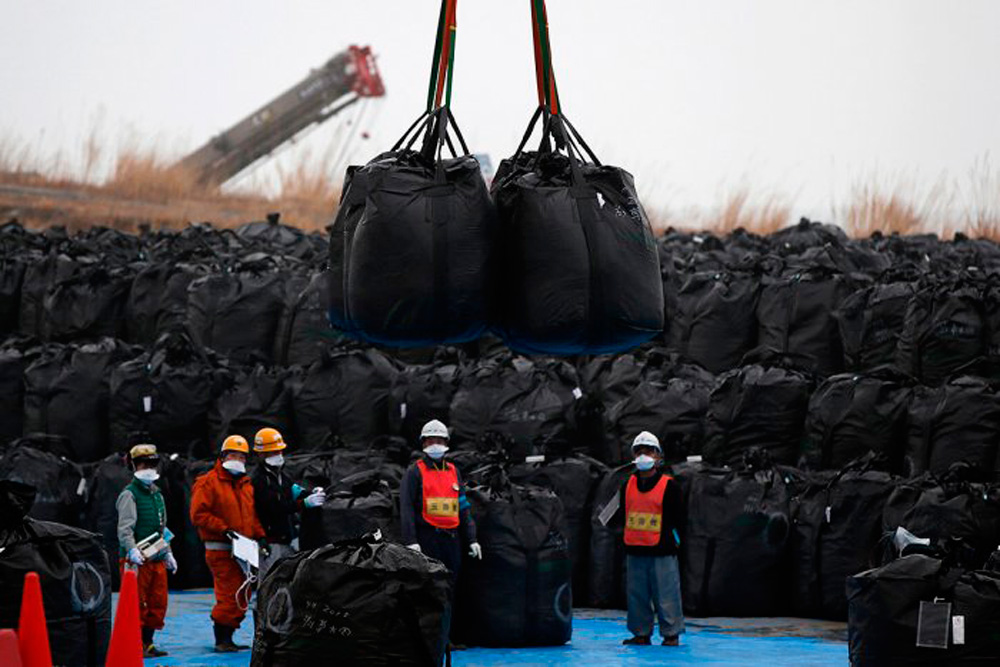Solutions create doubts in Fukushima

Radioactivity has spread across several roads throughout the history of the Fukushima nuclear power plant. At first, when the explosion occurred, it was dispersed into the atmosphere through gas, but since then water remains its main means of transport.
They've been watering the nuclear hearts of the power plant for three years, trying to control the temperature. Some of this water is turning into gas and poured into the atmosphere. Most of it spreads through the soil and, after contaminating the soil and water in the area, disembarks, also contaminating it. Although they collect some of the water, over time the tanks have been damaged and the water continues to flow.
TEPCO, the management company of Fukushima, is taking a number of technological measures that can be of interest thanks to international pressure and, above all, to the indignation of the United States that spilled water is crossing the Pacific and reaching the United States. One of them is the formation of an ice sheet around the center. The construction of the ice sheet will begin in the first week of June, and should be completed in March 2015. It will have a length of 1.5 kilometres and 1,550 tubes of 30 metres in length each will be underground. A network of tubes of lower diameter for the circulation of refrigerant liquids shall be installed in its surroundings.
In this way, it is expected that extensive land will be frozen and that, as a result, the water in that area will be trapped. It does not seem a bad idea, but more and more scientists say that the captured water will weaken the density of the earth and, consequently, damage the structural columns of the nuclear area. Are you going to create a more serious problem to control it? n

























